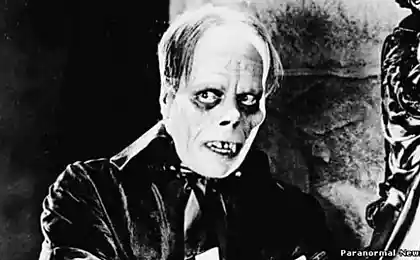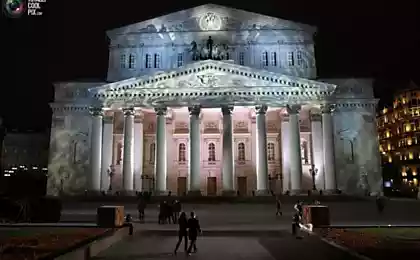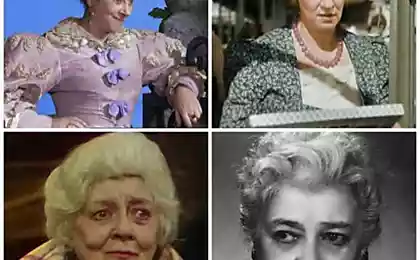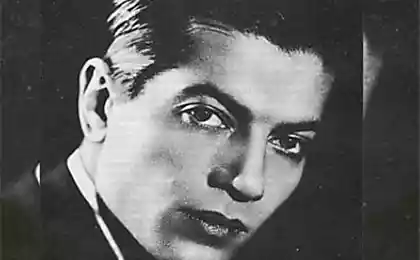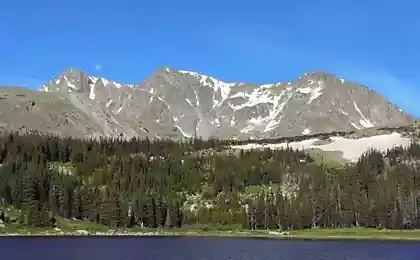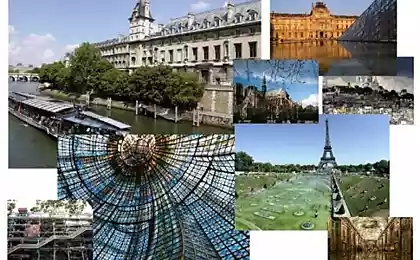483
Grand Opera House
Grand Opera is the official name of the Garnier Palace (Palais Garnier), as well as many spoken – the Paris Opera, Opera Garnier and so on. But since the founding until 1978, the theater was a modest name: the Opera. Then, with the goal apparently to magnify this legendary creature, it was renamed the Paris national Opera. With this title, the building has existed for 11 years, after which it was again renamed – this time in honor of its Creator. Since 1989, the architectural masterpiece bears the name: the Palais Garnier.
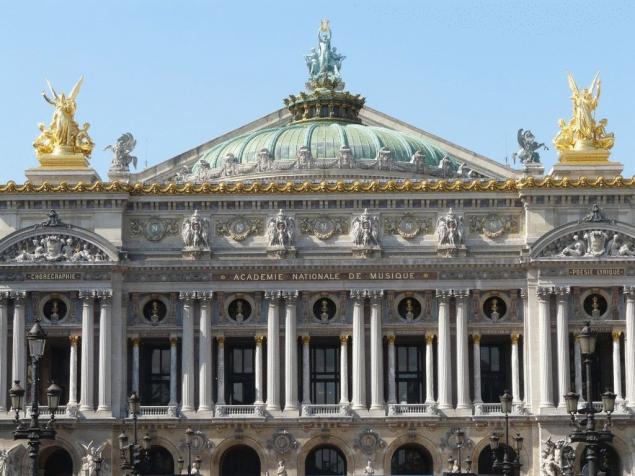
But for me personally the name of Grand Opera is also extremely impressed. On the one hand, Yes, every "Grand Opera" around the world already built, can not tell which is which, but on the other hand, if you say "Grand Opera" – usually required to clarify which one you mean, and if you say just "Grand Opera", not specifying that I know what you mean Paris Opera.
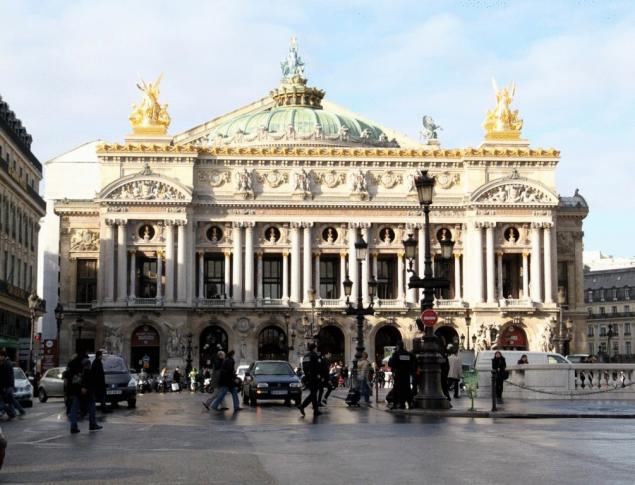
The building of the Paris Opera designed by Charles Garnier in neo-Baroque, it was built in 1875 and is considered one of the architectural masterpieces of its time. The Palais Garnier was designed at the initiative of Napoleon III as part of the restoration of the Second Empire. In 1858, the Emperor ordered to clean 12 thousand square meters of land required for the construction of the Paris Opera and ballet theatre. The competition for the best project was won by Charles Garnier. The first stone was laid in 1861. Legend has it that when the wife of the Emperor, the Empress eugénie, asked Garnier what style the house is built in Greek or Roman, the architect replied: "In the Napoleon III style, Madame!"
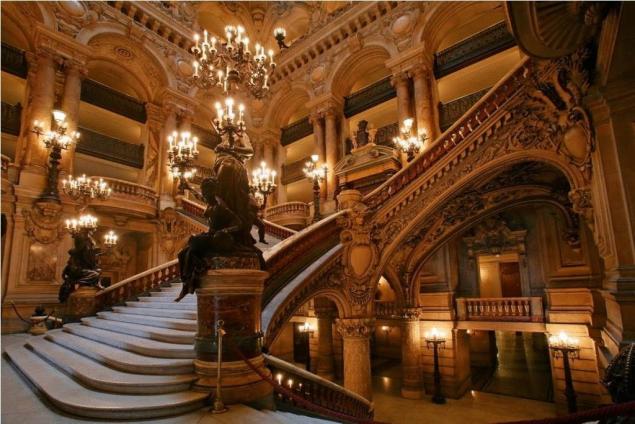
The construction of the theater was accompanied by numerous problems. First, the place was wrong – under the Foundation was an underground lake, and that's why it took several months of continuous pumping of water. Then came the disastrous Franco-Prussian war, collapsed Second Empire, the Paris Commune was organized. All this turbulent time, the construction continued only in fits and starts. There were rumors that the project will be even closed.
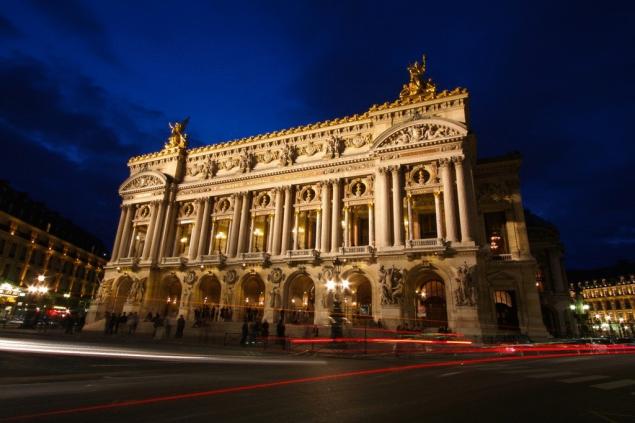
However, the Palais Garnier has helped another disaster. In 1873 the building of the old Paris Opera house, died in the fire, which was extinguished within 27 hours. Next, 1874, the construction of the new Paris Opera house was almost completed, in 1875, took place the Grand opening. The scale of the new Opera is less than its predecessor, but still impressive – it has an area of 11 thousand square meters. In the hall of 2,200 seats, and the ceiling – chandelier 6 tons weight.

Rich is considered a monumental building, usually in the context of Beaux-arts, eclectic style in architecture, continuing the tradition of Baroque. The Palace is decorated with multicolored marble friezes, columns surrounded by sculptures, many of which depict ancient Greek gods. Between the columns of the theatre are the bronze busts of the great composers. The roof is decorated with sculptural composition of work of aimé millet, depicting Apollo and allegorical figures of Music and Poetry. The interior consists of extensive corridors and wide staircases, decorated with velvet, gold leaf, cherubs, and nymphs. Such luxury – a characteristic feature of the Baroque. The area of the ceiling, around the chandelier in 1964, was decorated for his work by Marc Chagall.

The Opera house has spurred many architects to the path of achievements. In the next three decades, worldwide, there were several buildings like the Grand Opera. Inspiration and writers. The cellars of the Palais Garnier the underground lake and other elements inspired in 1909 by Gaston Leroux to create the famous Gothic novel "the Phantom of the Opera".
Source: /users/155

But for me personally the name of Grand Opera is also extremely impressed. On the one hand, Yes, every "Grand Opera" around the world already built, can not tell which is which, but on the other hand, if you say "Grand Opera" – usually required to clarify which one you mean, and if you say just "Grand Opera", not specifying that I know what you mean Paris Opera.

The building of the Paris Opera designed by Charles Garnier in neo-Baroque, it was built in 1875 and is considered one of the architectural masterpieces of its time. The Palais Garnier was designed at the initiative of Napoleon III as part of the restoration of the Second Empire. In 1858, the Emperor ordered to clean 12 thousand square meters of land required for the construction of the Paris Opera and ballet theatre. The competition for the best project was won by Charles Garnier. The first stone was laid in 1861. Legend has it that when the wife of the Emperor, the Empress eugénie, asked Garnier what style the house is built in Greek or Roman, the architect replied: "In the Napoleon III style, Madame!"

The construction of the theater was accompanied by numerous problems. First, the place was wrong – under the Foundation was an underground lake, and that's why it took several months of continuous pumping of water. Then came the disastrous Franco-Prussian war, collapsed Second Empire, the Paris Commune was organized. All this turbulent time, the construction continued only in fits and starts. There were rumors that the project will be even closed.

However, the Palais Garnier has helped another disaster. In 1873 the building of the old Paris Opera house, died in the fire, which was extinguished within 27 hours. Next, 1874, the construction of the new Paris Opera house was almost completed, in 1875, took place the Grand opening. The scale of the new Opera is less than its predecessor, but still impressive – it has an area of 11 thousand square meters. In the hall of 2,200 seats, and the ceiling – chandelier 6 tons weight.

Rich is considered a monumental building, usually in the context of Beaux-arts, eclectic style in architecture, continuing the tradition of Baroque. The Palace is decorated with multicolored marble friezes, columns surrounded by sculptures, many of which depict ancient Greek gods. Between the columns of the theatre are the bronze busts of the great composers. The roof is decorated with sculptural composition of work of aimé millet, depicting Apollo and allegorical figures of Music and Poetry. The interior consists of extensive corridors and wide staircases, decorated with velvet, gold leaf, cherubs, and nymphs. Such luxury – a characteristic feature of the Baroque. The area of the ceiling, around the chandelier in 1964, was decorated for his work by Marc Chagall.

The Opera house has spurred many architects to the path of achievements. In the next three decades, worldwide, there were several buildings like the Grand Opera. Inspiration and writers. The cellars of the Palais Garnier the underground lake and other elements inspired in 1909 by Gaston Leroux to create the famous Gothic novel "the Phantom of the Opera".
Source: /users/155


